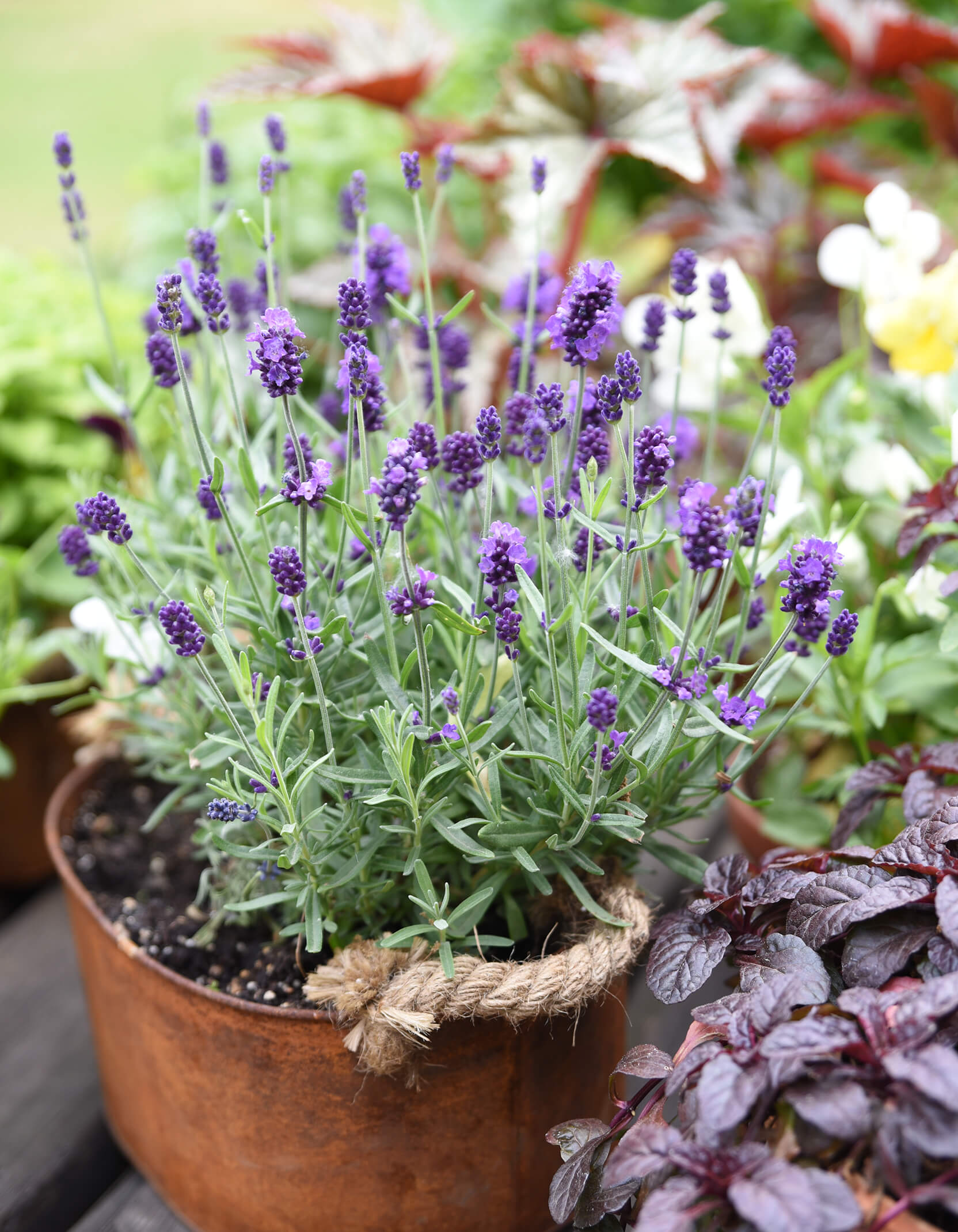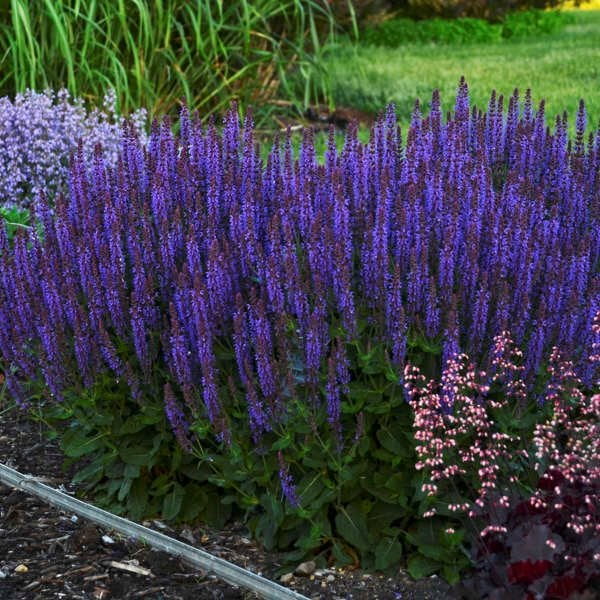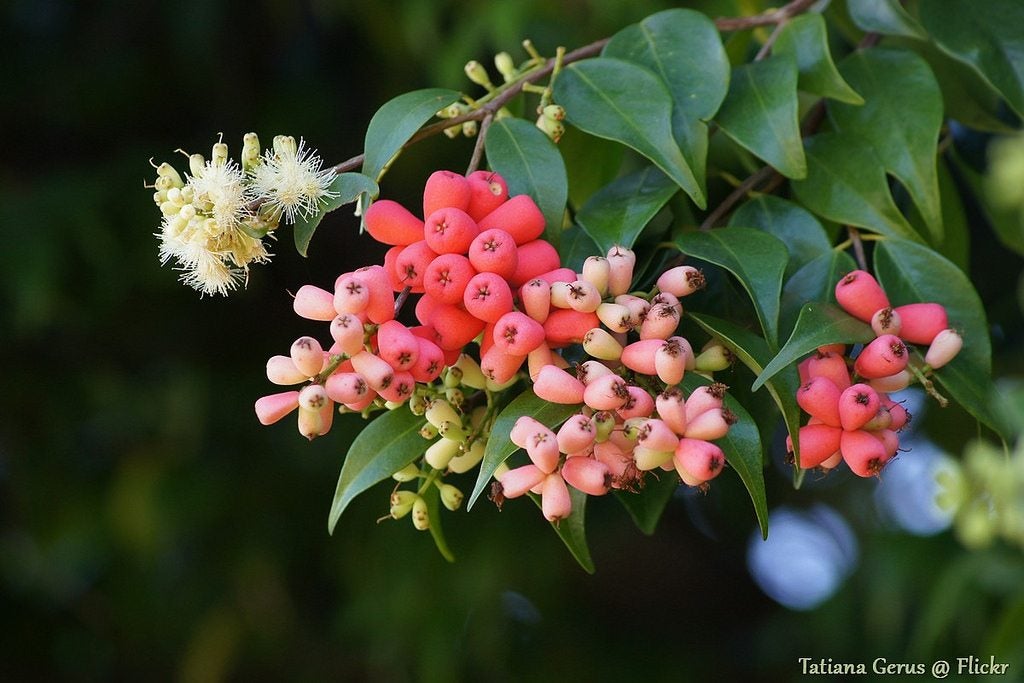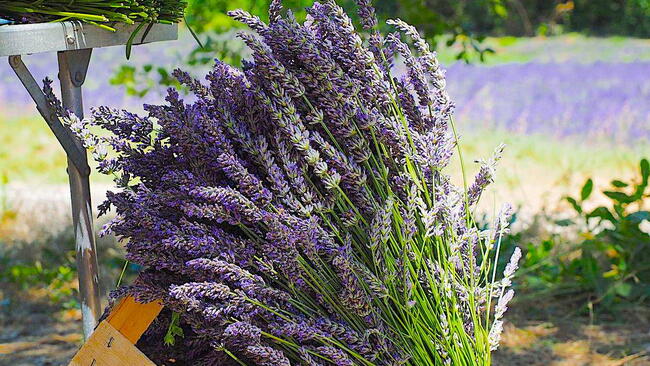Stunning Companion Plants For Grevilleas
Stunning Companion Plants for Grevilleas
Grevilleas are a diverse group of flowering shrubs and trees that are native to Australia. They are known for their colorful flowers, which can be yellow, orange, red, pink, or white. Grevilleas are also relatively easy to care for, making them a popular choice for gardeners in many different climates.
One of the best ways to enhance the beauty of your grevilleas is to plant them with companion plants. Companion plants are those that are planted together because they complement each other in terms of their growth habits, flower colors, or water needs. By choosing the right companion plants, you can create a stunning garden that is both visually appealing and functional.
Here are some of the best companion plants for grevilleas:
- Lavender: Lavender is a classic companion plant for grevilleas. It has a similar growth habit and flower color, and it also attracts pollinators.

- Rosemary: Rosemary is another popular companion plant for grevilleas. It has a strong fragrance that helps to deter pests, and it also adds a touch of elegance to the garden.

- Thyme: Thyme is a low-growing herb that is perfect for filling in the spaces between grevilleas. It has fragrant flowers that attract pollinators, and it also adds a touch of texture to the garden.
- Salvia: Salvia is a genus of flowering plants that includes many different species. Some of the best salvias to plant with grevilleas include Salvia nemorosa, Salvia greggii, and Salvia officinalis.

- Cistus: Cistus is a genus of flowering shrubs that are native to the Mediterranean region. They have beautiful flowers that come in a variety of colors, and they are drought-tolerant, making them a good choice for gardens in hot, dry climates.

- Kangaroo paw: Kangaroo paw is a native Australian plant that is known for its unique flowers. They come in a variety of colors, including red, orange, yellow, and pink. Kangaroo paws are drought-tolerant and attract pollinators, making them a good choice for companion plants for grevilleas.

- Lilly pilly: Lilly pilly is a native Australian tree that is known for its edible fruit. It has attractive foliage and flowers, and it is also drought-tolerant. Lilly pillies are a good choice for companion plants for grevilleas in gardens that get full sun.

When choosing companion plants for grevilleas, it is important to consider the following factors:
- Growth habit: The companion plants should have a similar growth habit to the grevilleas. This will help to create a balanced and harmonious garden.
- Flower color: The companion plants should complement the flower color of the grevilleas. This will create a visually appealing garden.
- Water needs: The companion plants should have similar water needs to the grevilleas. This will help to ensure that both plants are getting the water they need to thrive.
By following these tips, you can choose the best companion plants for your grevilleas and create a stunning garden that is both beautiful and functional.
Grevilleas are beautiful, versatile shrubs that can add a touch of color and interest to any garden. But what plants should you pair with them? Here are a few of the best grevillea companion plants:
- Lavender: This drought-tolerant herb is a great choice for pairing with grevilleas, as it shares their love of full sun and well-drained soil. Lavender also attracts bees and butterflies, which will help to pollinate your grevilleas.

- Rosemary: Another drought-tolerant herb that is perfect for pairing with grevilleas. Rosemary has a strong, piney scent that can help to deter pests, and it also adds a touch of elegance to any garden.

- Thyme: This low-growing herb is a great choice for filling in the spaces around your grevilleas. Thyme is also edible, so you can enjoy its fresh flavor in your cooking.
- Kangaroo paw: This native Australian shrub is a great choice for adding a touch of the Outback to your garden. Kangaroo paw blooms in the spring and summer, and its flowers are a popular food source for birds.
- Billy buttons: This daisy-like flower is another native Australian plant that is perfect for pairing with grevilleas. Billy buttons blooms in the spring and fall, and its bright yellow flowers will add a touch of cheer to your garden.

For more information about grevillea companion plants, please visit Gardenia Inspiration.
FAQ of grevillea companion plants
Q: What are the best companion plants for grevilleas?
A: Grevilleas are versatile plants that can be paired with a variety of other plants. Some good companion plants for grevilleas include:
- Other Australian natives, such as banksias, bottlebrushes, and kangaroo paws
- Perennials that like full sun and well-drained soil, such as lavender, yarrow, and sedum
- Shrubs that provide structure and height, such as roses, hydrangeas, and camellias
- Groundcovers that help to fill in the spaces between grevilleas, such as ajuga, creeping jenny, and mondo grass
When choosing companion plants for grevilleas, it is important to consider the following factors:
- The size and growth habit of the plants
- The amount of sun and water the plants need
- The colors and textures of the plants
Q: What are some tips for planting grevillea companion plants?
A: Here are a few tips for planting grevillea companion plants:
- Plant the companion plants at the same time as the grevilleas. This will help them to establish at the same rate.
- Space the plants appropriately. Grevilleas need plenty of space to grow, so be sure to space the companion plants accordingly.
- Water the plants regularly. Grevilleas and their companion plants need regular watering, especially during the first year after planting.
- Fertilize the plants in spring and summer. Grevilleas and their companion plants benefit from a balanced fertilizer applied in spring and summer.
Q: What are some common pests and diseases that affect grevilleas?
A: Grevilleas are generally resistant to pests and diseases, but they can be susceptible to a few problems. Some common pests that affect grevilleas include scale insects, mealybugs, and spider mites. Some common diseases that affect grevilleas include rust, leaf spot, and powdery mildew.
If you see any signs of pests or diseases on your grevilleas, it is important to take action immediately. You can treat pests with insecticidal soap or neem oil, and you can treat diseases with fungicides.
Q: How do I care for grevillea companion plants?
A: Grevillea companion plants require regular watering, fertilizing, and pruning. They also need to be protected from frost in colder climates.
Water the plants regularly, especially during the hot summer months. Grevilleas and their companion plants need about 1 inch of water per week.
Fertilize the plants in spring and summer with a balanced fertilizer. You can use a liquid fertilizer or a granular fertilizer.
Prune the plants in late winter or early spring to remove dead or diseased branches. You can also prune the plants to shape them or to control their size.
Protect the plants from frost in colder climates. If you live in an area with cold winters, you may need to cover the plants with a frost cloth or bring them indoors.
Image of grevillea companion plants
5 different images of "grevillea companion plants" from Pinterest:
- Image 1: Grevillea with kangaroo paw. This is a popular combination because the kangaroo paw's flowers complement the grevillea's blooms.
- Image 2: Grevillea with bottlebrush. These two plants have similar water and light requirements, so they make good companions.

- Image 3: Grevillea with lavender. Lavender is a drought-tolerant plant that can help to attract pollinators to the grevillea.

- Image 4: Grevillea with native grasses. Native grasses can help to add interest and texture to a garden, and they can also help to suppress weeds.
- Image 5: Grevillea with succulents. Succulents are a good choice for companion plants because they can tolerate dry conditions and they can help to add variety to a garden.

Post a Comment for " Stunning Companion Plants For Grevilleas"